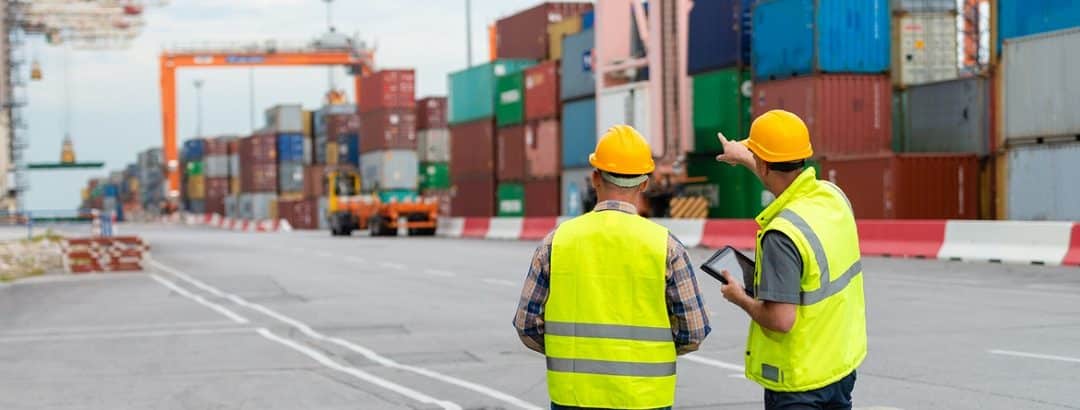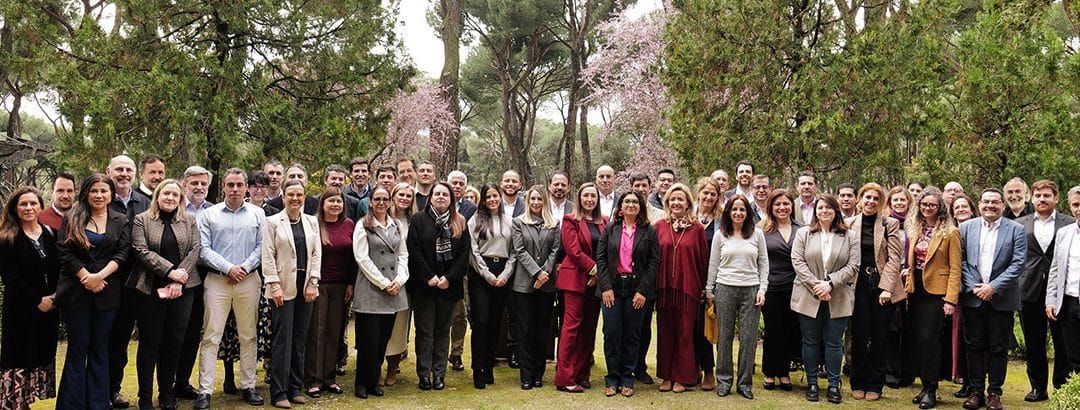The technological wave triggered by Artificial Intelligence has reached aviation, with its impact particularly felt in air traffic management. We take a look at the main lines of research, development and implementation taking place in Europe.
Artificial Intelligence (AI) has the ability to improve and optimize current technologies in the industry, as well as solve complex problems in areas such as route planning, crew management, and passenger safety.
To address the impact and potential of this revolution, we spoke with Javier Alberto Pérez Castán, a prominent academic at the ETSIAE (Escuela Técnica Superior de Ingeniería Aeronáutica y del Espacio — Higher Technical School of Aeronautical and Space Engineering) of the Polytechnic University of Madrid.
Integration into European Air Traffic
In order to organize and focus efforts in air traffic management, advances in the implementation of AI in Europe are being led by SESAR, a public/private partnership that is accelerating the implementation of leading technologies in aircraft, drones and other flying vehicles.
According to the expert, the research has reached very interesting heights and achieved practical successes in many of them:
- Air traffic management. With tools that enable improvements, from flight planning to actual operations, including the prediction of trajectories, weather conditions and the improvement of GNSS positioning (Global Navigation Satellite Systems).
- Innovations in the airport sector. Deployed for years, AI has been used in security — such as facial passenger recognition and automated baggage inspection. It is also used for remote aircraft identification.
- Control towers and recognition techniques. Implementation of advanced voice and imaging technologies to support both air controllers and pilots.
- Developing smart agents. The objective here is to assist the human operator in task undertaking and decision making so that the number of aircraft that can be safely managed can be increased.
In-Flight Risk Prevention
“One of the purposes of AI is its ability to predict future situations by learning from past events,” making it a critical tool to “identify, analyze, quantify and mitigate hazards that may appear,” says Pérez Castán. In this context, he highlights three levers of change that are favoring this technological integration:
- Certification and validation of systems. Authorities such as the European Aviation Safety Agency (EASA) are developing regulations and guidelines for certifying tools, systems and processes that incorporate the use of AI in aviation.
- Predictive tools for rare events. As an example, there are systems that predict separation loss between aircraft, the likelihood of forays or excursions of aircraft on track, or the need for go-arounds based on variables such as weather.
- Decrease in human factor. Task automation and the development of virtual assistants for air transit service operators, air controllers and pilots represent a great opportunity to reduce workload, increase air capacity and avoid errors.
“Currently, it could be said that this technology is in its initial application phase, since it has been identified and demonstrated that it can improve the results of current techniques or models. However, the main problem or barrier we still need to overcome is confidence in its use in such a critical area as aviation,” he warns.
Top industry challenges
In addition to the uncertainty that the magnitude of this innovation sometimes generates, one of the main challenges is to create an appropriate regulatory framework. “The European Union and EASA are leading the way here. From my point of view, the main challenge they face is that regulations should not be rigid, and that they should allow and favor research,” says Pérez Castán.
It is also challenging to demonstrate that its application is safe, especially when implemented in one of the most regulated modes of transportation in the world. “To this end, the gradual implementation of this type of technology must be considered, adapting processes and safety barriers to reaffirm confidence in technology,” he adds.
Pérez Castán recalls that the impact of AI on the industry can be very positive, especially in EU goals relating to sustainability and the environment. “Better prediction means better traffic organization and synchronization, enabling more direct and efficient routes to be flown, as well as reducing delays,” he concludes.
Contributors to this article:

Javier Alberto Pérez Castán, Professor at the Polytechnic University of Madrid. He has earned degrees in Aeronautical Engineering, including a PhD with international focus.
His research focuses on the development of innovative tools based on Artificial Intelligence, with the objective of improving efficiency and safety in the aviation industry. Pérez Castán has participated in several research projects on a national and international scale, contributing significantly to the progress and development of air traffic management.





